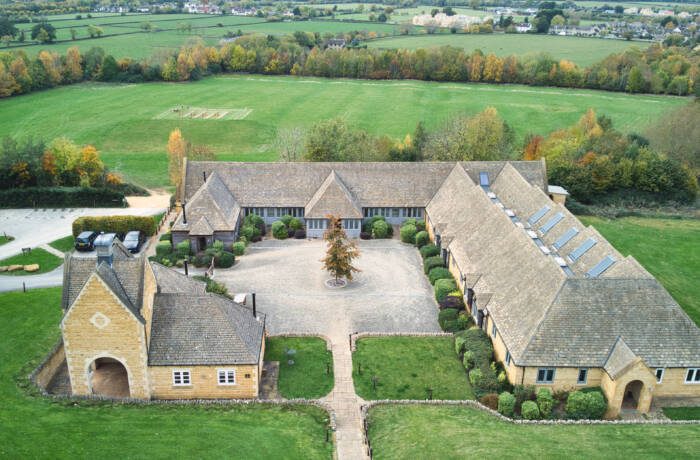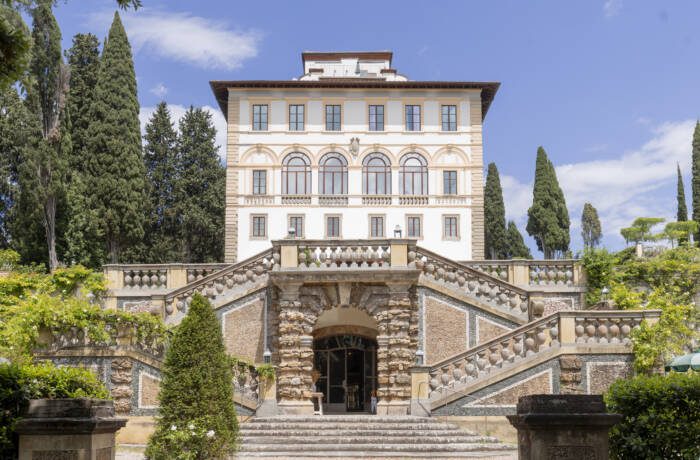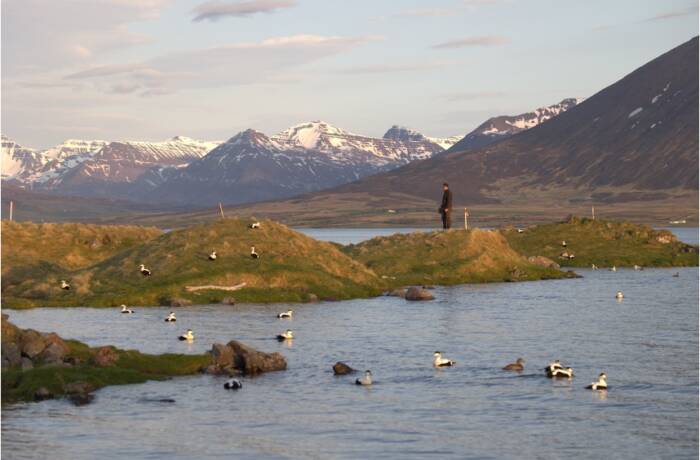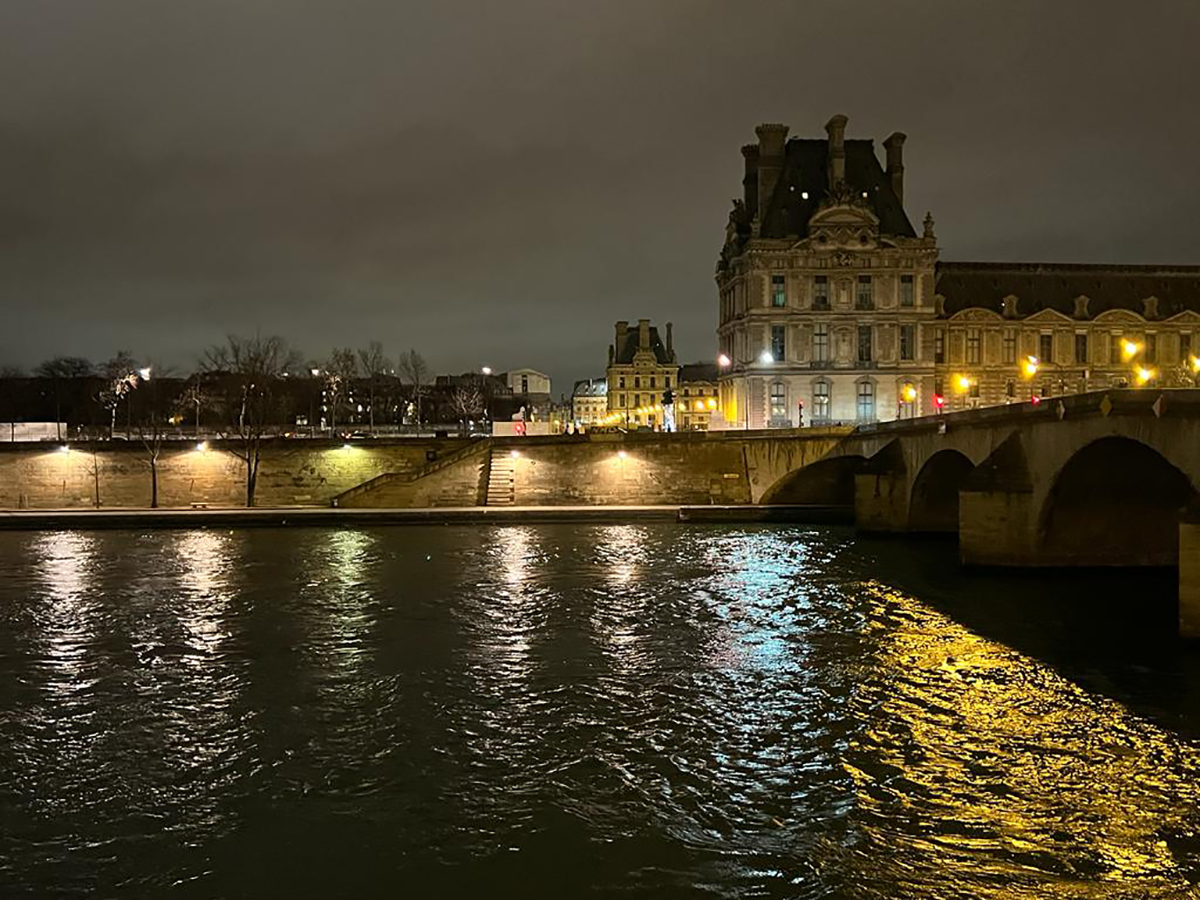
Walking back after dinner. Image by Darius Sanai
Paris, the eternal city, never changes. Or perhaps it does. After a two-year hiatus, Darius Sanai notices some interesting happenings during a week of meetings with luxury CEOs, art dealers and creatives
Meeting an old friend for the first time in two years, I wonder if she will have aged and find her instead fizzing with renewed life.
The friend is Paris. I am here for the first time since just before the pandemic hit Europe. “Since Brexit, people are coming here instead of London because it’s easier to get a job,” says Kai, a graphic designer I bump into at a gallery opening. Estonian, she moved to the vibey/slightly scary 19th arrondissement from Dalston, in London, in September.
That doesn’t mean that Paris hasn’t suffered from city flight, like London, New York and most other metropolises. Prices of apartments in the centre of Paris are down 2.5% year on year. The sellers are not like Kai. They are wealthy and middle aged. Maybe an exchange of the wealthy bourgeoisie for edgy graphic designers in their 20s is the reason for the vivacity. Property prices in the dodgy/cool 19th are up 3.8%, from a much lower base.
Follow LUX on Instagram: luxthemagazine
To dinner on the Left Bank with Francois Pinault’s CEO of Artemis Domaines wine estate group. Frédéric Engerer has Château Latour, the celebrated Eisele and Clos du Tart estates in Napa and Burgundy respectively, and several others, under his thumb. I get the feeling from Frédéric that these may not be the last: luxury goods titan Pinault is buying great wine estates like he once snapped up Gucci, Bottega Veneta and Saint Laurent.
At Les Climats, the Parisian restaurant with “the best wine list in the world”, according to numerous magazines, the sommelier at first doesn’t recognise Frédéric, who is arguably the most powerful man in French wine. This could have been embarrassing but Frédéric is understated, leafing through the list as anyone would. The penny drops. “Ah…sorry, I didn’t realise who…” stammers the sommelier. It’s fine.
We do a side-by-side blind tasting of his own Clos d’Eugenie against another excellent Burgundy. Frédéric and I both manage to identify both wines correctly, simple for him, and a 50/50 for me. Having had a bottle of champagne and two bottles of Burgundy on a Tuesday night, with meetings all day Wednesday, we decline the suggestion of a dessert wine.
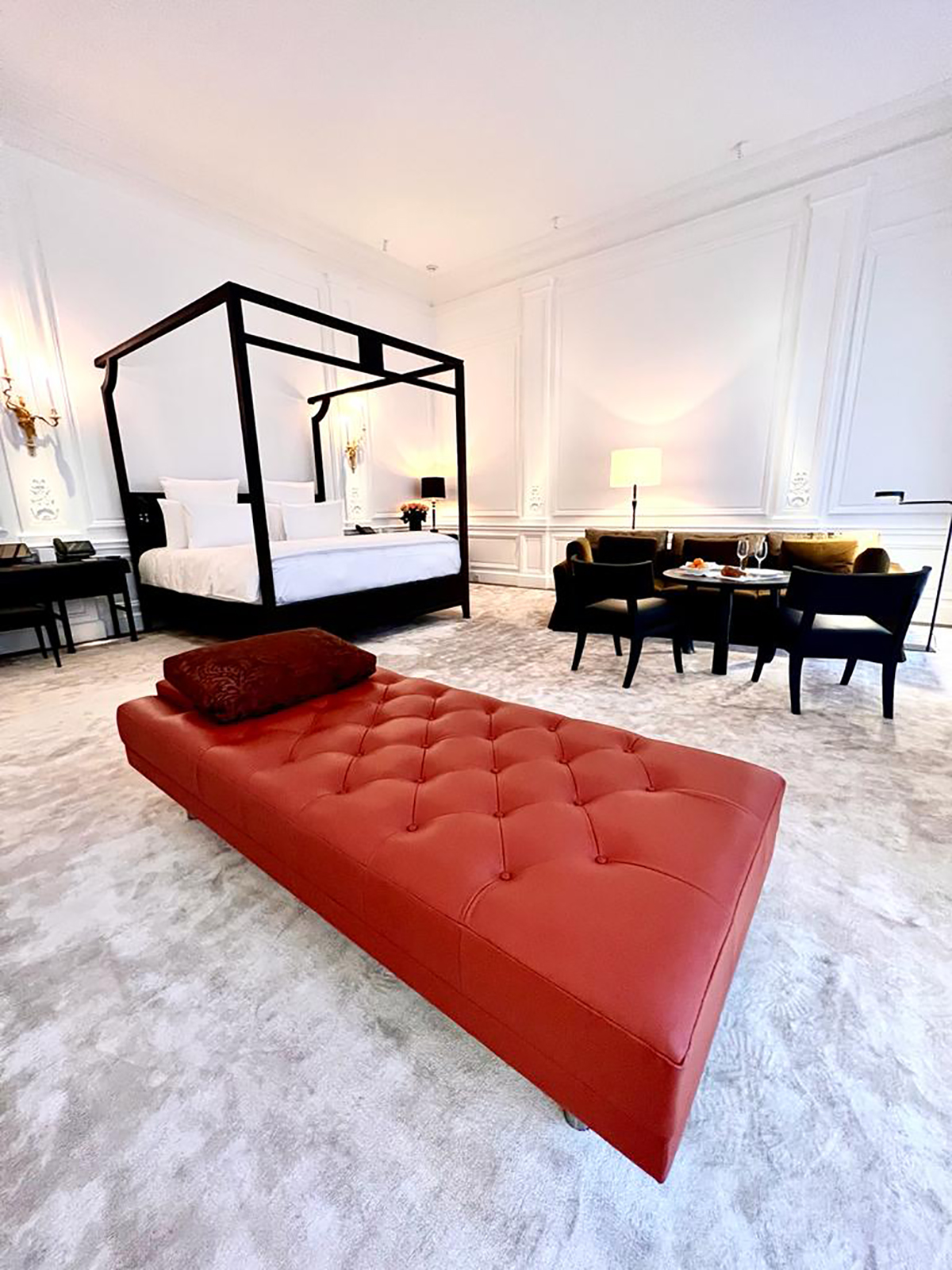
Our suite at the Hotel Costes Castiglione. Image by Darius Sanai
Back at Hotel Costes, I am walking slightly unsteadily towards the lift in the arresting, Christian Liaigre-designed lobby of the new Castiglione wing, when I am greeted by someone walking out of the bar. After establishing I am who he thinks I am (two years absence and a compulsory face mask have that effect), Jean-Louis Costes invites me for a drink in his bar.
Over a late-night glass of Badoit, the man who first created a new vibe for Paris with the Hotel Costes in 1995 tells me his plans to expand the Costes even more. A boutique is becoming a palace. It’s also turning into my kind of place: I found the Jacques Garcia-designed original Costes a bit self-conscious, or perhaps it’s the people I met there over the years. The Castiglione, with its high ceilings, visual drama and flair, is Paris showing Dubai, London, New York and anywhere with pretensions of grandeur, how contemporary luxury style is done. If Marie Antoinette were alive and holding court in 2022, she would do it here. I reflect on how the most talked-about hotel in France among the social and media (and social media) sets is owned and run by a man who doesn’t do interviews (the profiles I did with him for LUX and Condé Nast Traveller in 2021 were the first he has ever done for the international press) and isn’t on social media.
Read more: Why you should get your new car ceramic coated
The next morning, I walk downstairs as Jean-Louis walks into the lobby. He offers me on a hard hat tour of the new spa and swimming pool, under construction beneath the hotel, and the next wing, to be a loft-style chill out zone, opening later this year. I promise to say nothing about them until the time. Only, the pool is very big and will be special. “I don’t want to build something for three people doing lengths,” he says. Jean-Louis reminds me of Nick Jones, founder of Soho House. He looks at the same space everyone else looks at, and sees an idea for something nobody else can see.
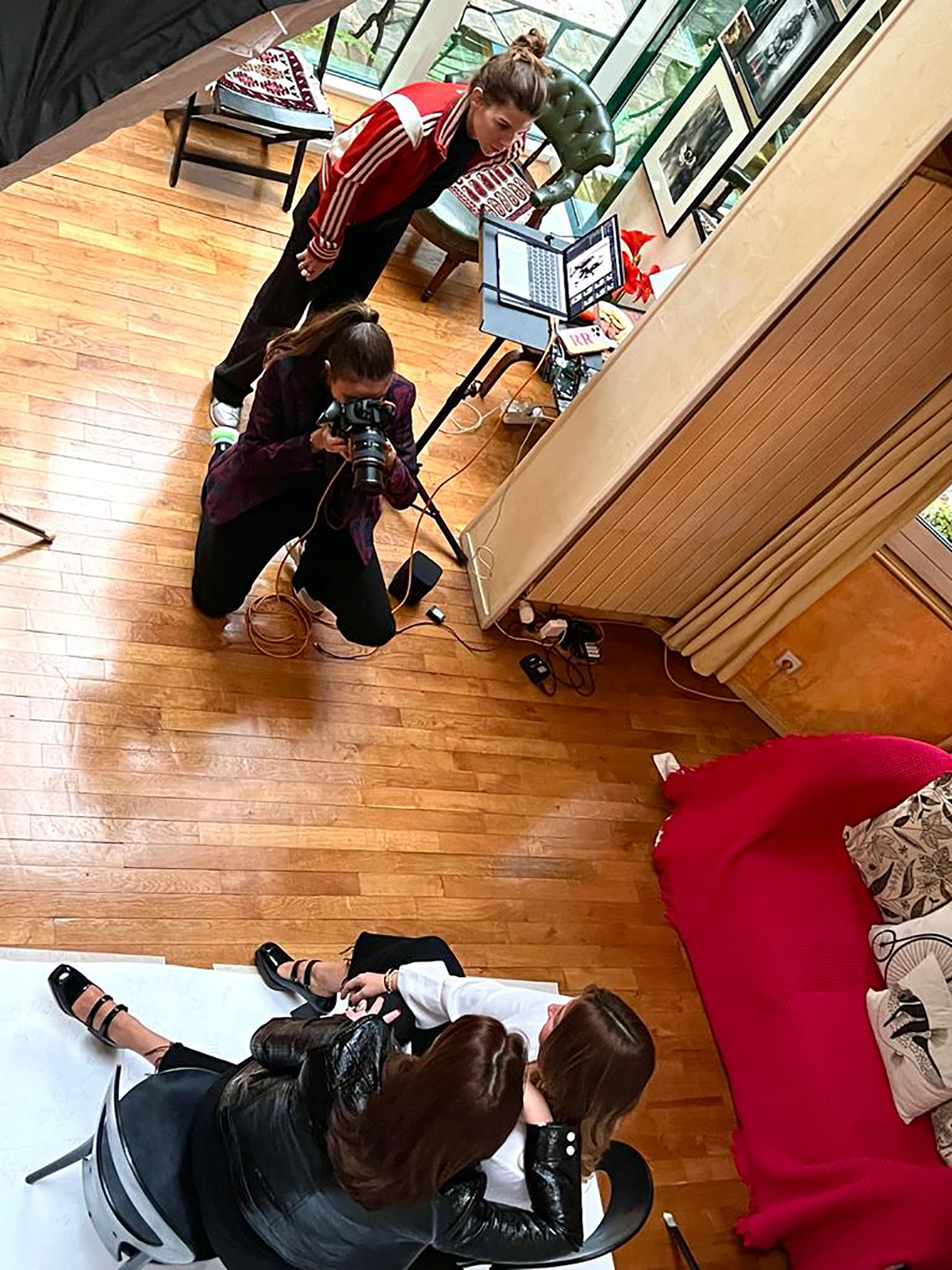
Bird’s eye view of Angie Kremer’s photoshoot for the next issue of LUX. Image by Darius Sanai
I walk to Montparnasse, to the Photo House studio where Angie Kremer, a happening young photographer and videographer, is doing a shoot for the next issue of LUX on young creatives in Paris. Gen Z Parisians entering the workforce seem far more open to culture and ideas from the rest of the world – and outside the Peripherique – than the previous generation of twenty somethings. A positive impact of social media.
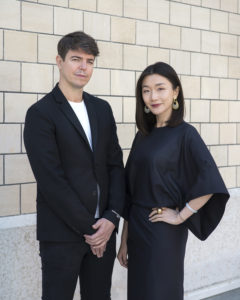
Vanessa Guo & Jean-Mathieu Martini. Courtesy Galerie Marguo
Vanessa Guo and Jean-Mathieu Martini are not Gen Z. They are globally connected millennials on a mission. Vanessa, former director of Hauser & Wirth in Hong Kong, moved to Paris and opened Galerie Marguo in October 2020. The gallery is in in a former government building in the Marais and looks out onto a newly rebuilt courtyard – the Square Arnaud Beltrame – where public art and outdoor private views take place next to a kids’ playground. (No Takashi Murakami works here.)
Vanessa says a new generation of collectors is interested in collecting a new generation of artists. Back to Brexit: with taxes and paperwork on art in and out of the UK, Paris is vying to take over London’s preeminent role in the European art world. The collectors are coming here too, she says. So long a museum of culture and brands managed carefully by a closed elite, Paris is opening out. The imminent arrival of Art Basel, displacing the more local FIAC from its seat at the Grand Palais, will change things even more.
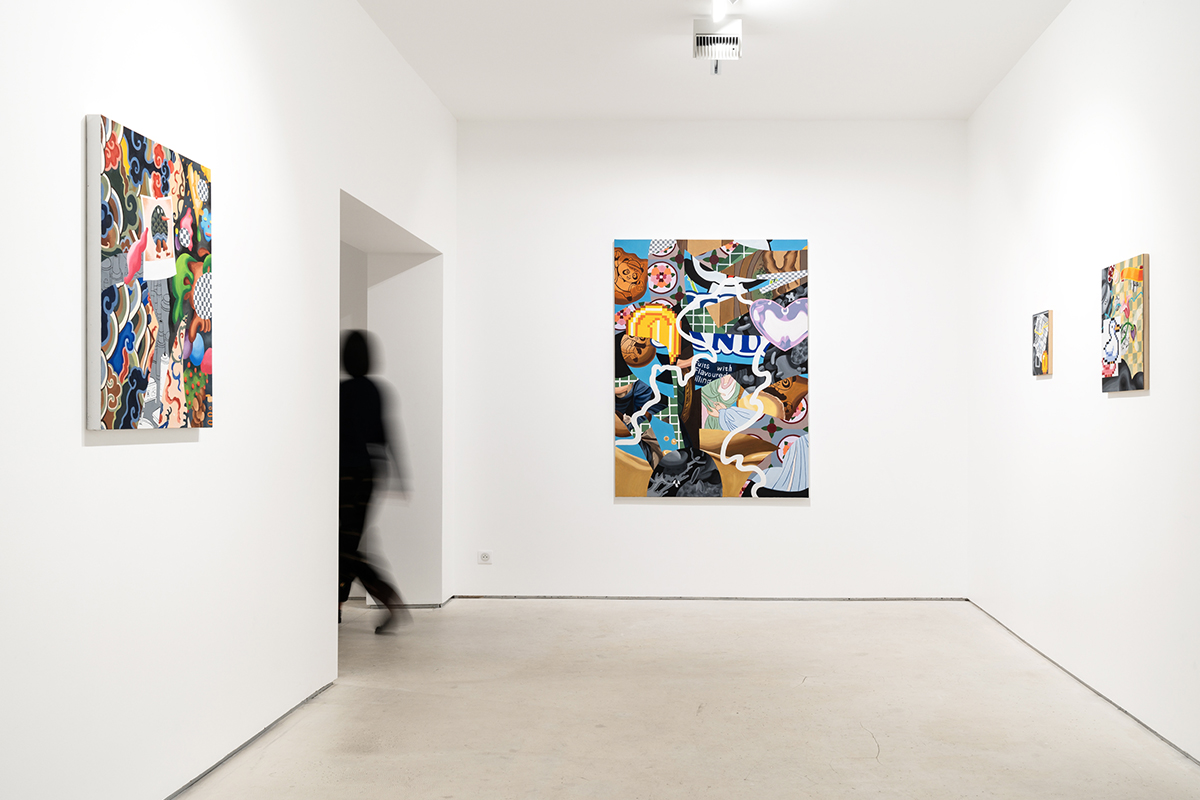
Installation view of “Ziping Wang: Obsession Indifference and Onionskin” at Galerie Marguo, Paris
Amin Jaffer, collector and curator of the sublime, is out of town this week so I can’t take him up on his invitation for tea at his beautiful home, where his art collection is so beguilingly put together that I never want to leave. Instead, he organises for me to have a tour of the new Al Thani collection, which he curated, at the (also) new Hôtel de la Marine. The building is on Place de la Concorde, directly in the centre of the north side. The collection is a sliver of the art from Persia, Mesopotamia, Egypt, India and surrounding regions, collected by Qatar’s ruling family over the last decades. It is presented delicately, clearly, warmly, with excellent descriptions that are both clear and authoritative. And have no “side”. Curators of far lesser intellectual worth writing dreadful, biased descriptions in some of the leading institutions of the Anglo-Saxon world should take note and learn from the Qataris, and Amin. I make a note to ask him to give me a personal tour next time.
Read more: Richard Curtis on the Power of Pensions
At meetings at Kering‘s HQ, at a former military hospital on Rue de Sèvres, I reflect that Francois-Henri Pinault’s sustainability strategy and introduction of environmental P&Ls for his brands felt revolutionary and a bit weird when I first spoke about them ten years ago. Now, it feels normal, the least you can do. Meanwhile the metaverse feels revolutionary and a bit weird now.
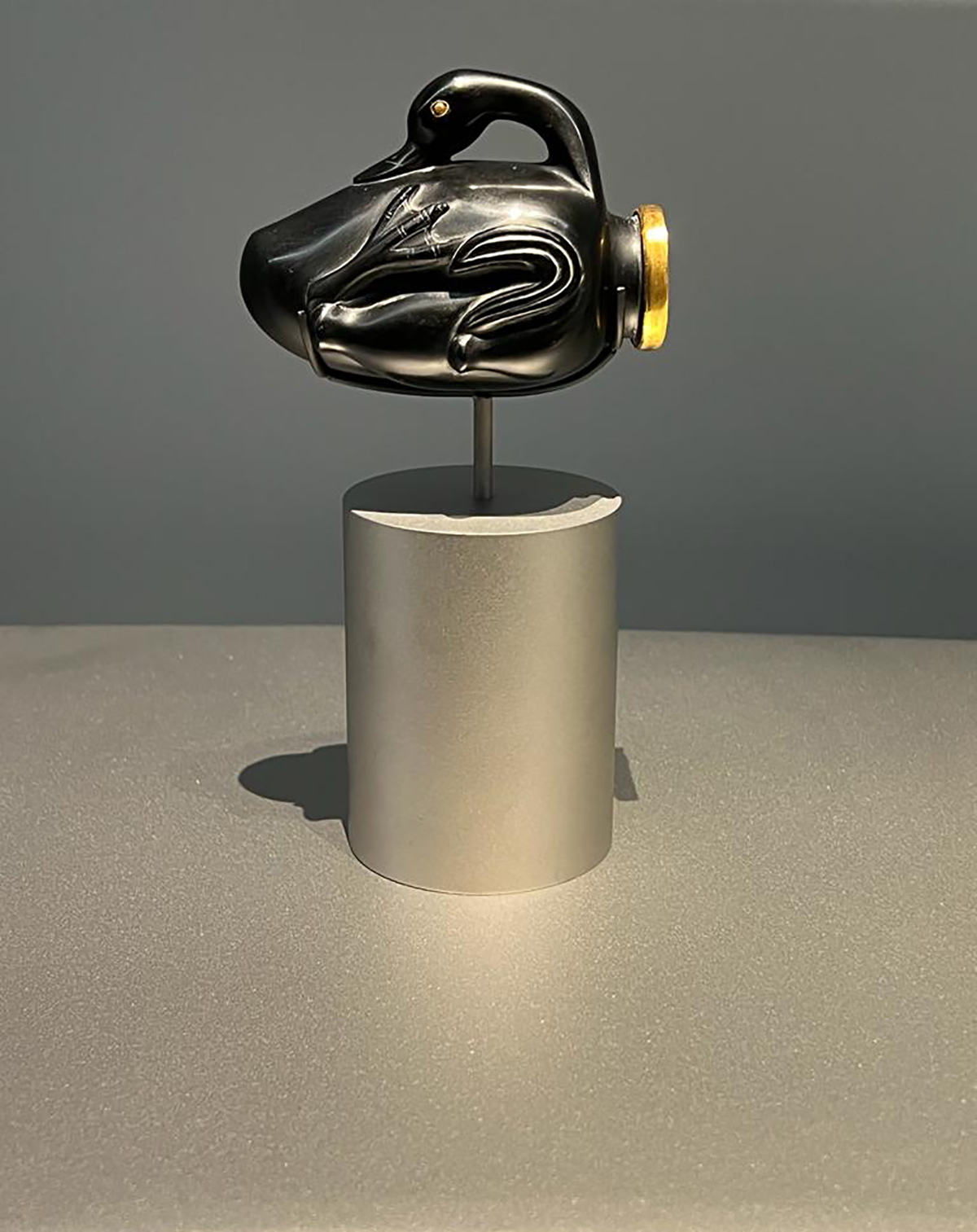
A sculpture at the Al Thani Collection. Photo by Darius Sanai
A final lunch with the LUX team and Angie Kremer at Château Voltaire. This new mini five-star hotel with 1970s themes is where Kanye West stayed for the last fashion week. I have tuna tataki with ponzu and frisée salad. Angie points out that frisée can misbehave when covered with dressing and goes for haricots verts. We plan a little party and exhibition for her shoot after the next issue is out.
Time to catch the Eurostar, where the security still doesn’t provide trays, so your Balenciaga coat sits on the conveyor and your Fragonard perfume bottle gets chewed up between the ramps.
At the Eurostar arrivals area of London St Pancras, the huge Dent clock above the Tracey Emin neon has stopped. It’s an easy omen for a writer. London hasn’t stopped, but in Paris, something has restarted.

